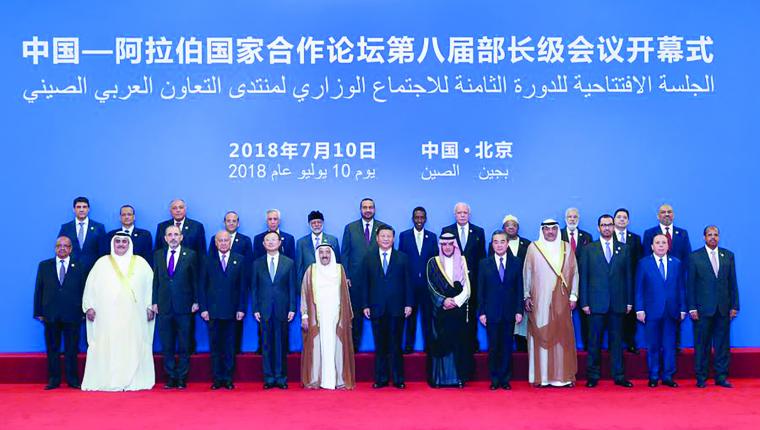
How to cite: Liang, Y. (2021). China’s cultural communication with the Middle East under the BRI: Assessment and prospects. Belt & Road Initiative Quarterly, 2(4), 62-72.

This work is licensed under a
Creative Commons Attribution 4.0 International License.
Since China put forward the Belt & Road Initiative (BRI) in 2013, the BRI has achieved significant progress, especially in the Middle East. China’s cultural communication with the Middle East is the emotional glue that brings both sides together by building trust and dispelling doubts. Evidence in the statements from the Ministry of Foreign Affairs of China, the communication by the media, the development of Confucius Institutes, and the cooperation between different NGOs, China shows the fact that the BRI is being built jointly with the Middle East. Moreover, the Middle East’s unique geopolitical situation and cultural differences require China’s cultural communication with states in the region to be done with Chinese characteristics. With descriptive case study methodology, this article revolves around these questions: How do China’s cultural communication mechanisms work? Why does China’s cultural communication play an essential role in the Middle East under the BRI? What is its characteristic? To answer these questions, the article is structured in three parts. The first part will outline the role of cultural communication in Chinese diplomacy, based on cultural communication, to jointly build the BRI. The second part will focus on Chinese communication with the Middle East through cooperation related to the pandemic, tourism, Confucius Institutes, and the China-Arab States Cooperation Forum. The third part will highlight China’s cultural communication with Chinese characteristics in the Middle East.
Keywords: BRI, Chinese diplomacy, Chinese characteristics, cultural communication, Middle East.
